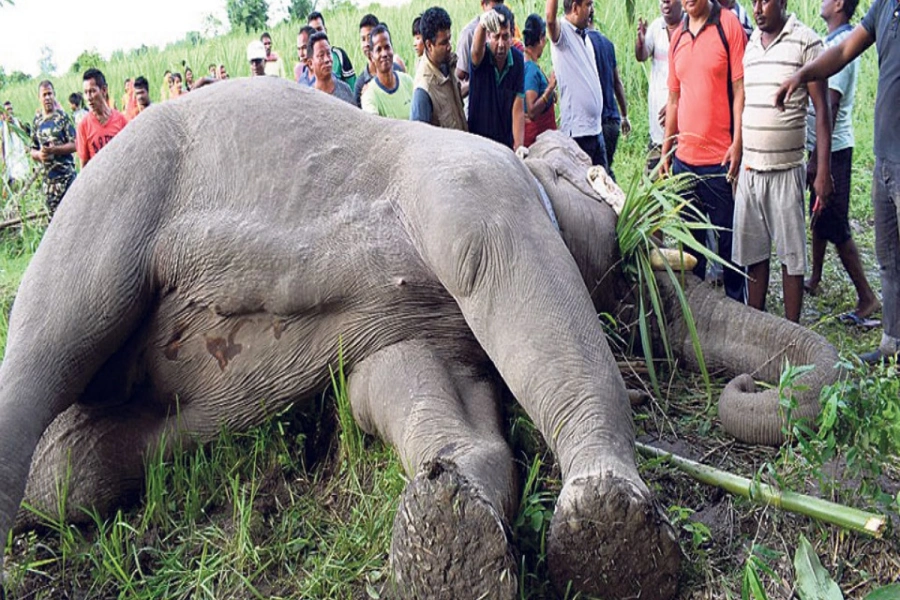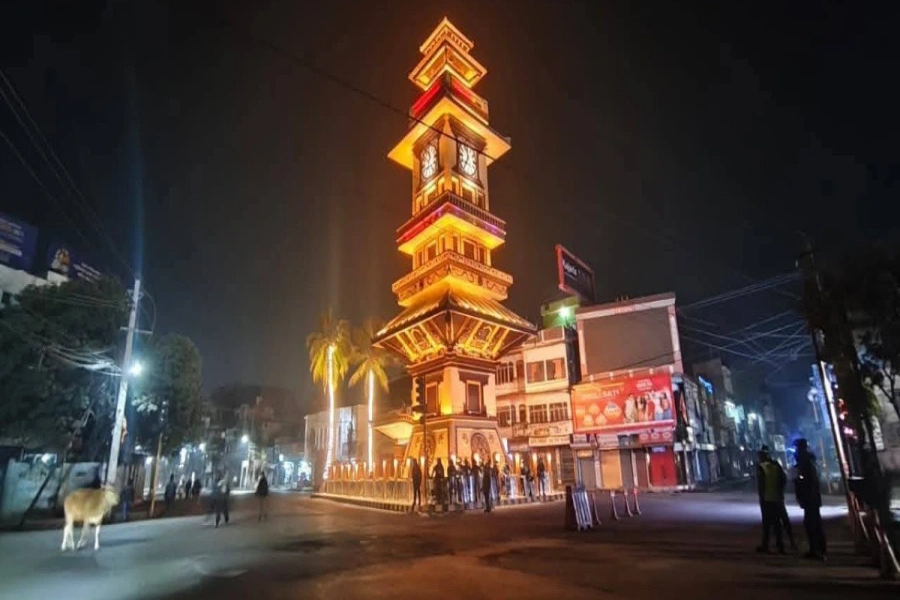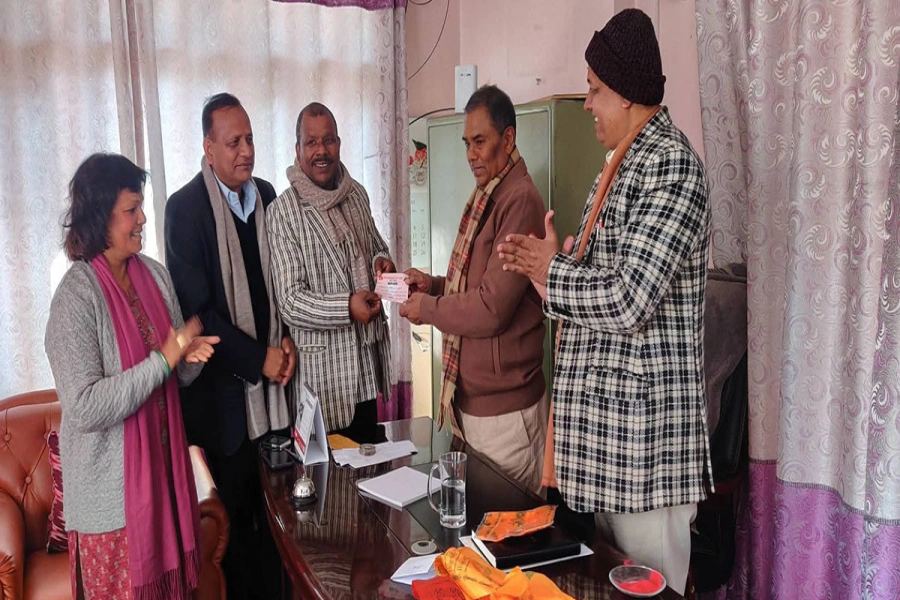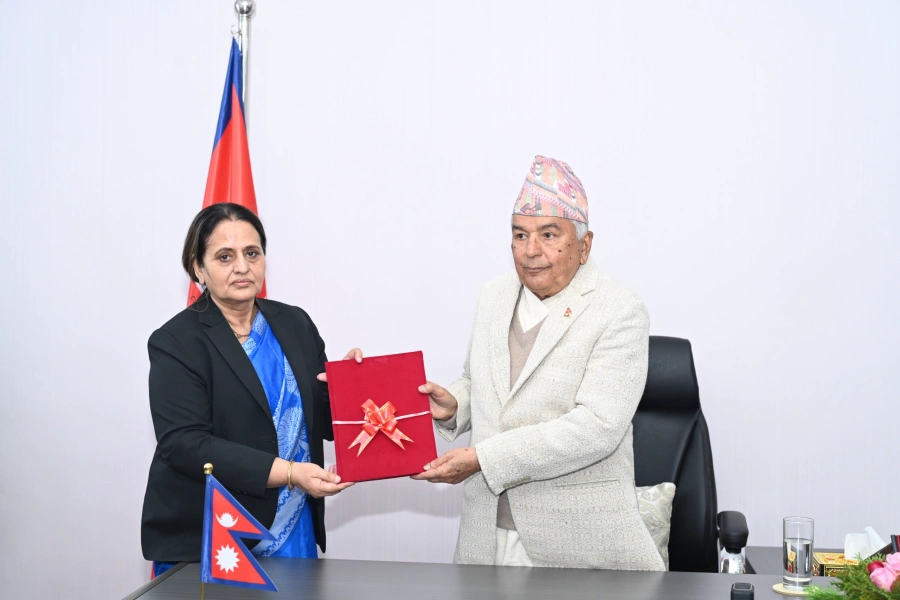The recent outbreak of lumpy skin disease in Rasuwa district has sent shockwaves through the local farming community, with 159 cattle tragically losing their lives to this contagious animal disease in the past few days. The severity of this outbreak demands urgent attention and coordinated efforts from the government bodies concerned to address the issue effectively. Lumpy skin disease is a highly infectious viral disease that primarily affects cattle and yaks. The current outbreak has spread across all five rural municipalities in Rasuwa, with Gosainkunda Rural Municipality reporting the most significant loss of cattle. The situation is dire, as 22 yaks and 41 cows have already succumbed to the disease in just six wards of Gosainkunda. While efforts are being made in Rasuwa, neighboring districts like Nuwakot are also grappling with lumpy skin disease. As of July 16, Nuwakot alone reported a staggering number of infected cattle – 13,000 cows, oxen, and yaks. This alarming situation requires immediate action and support from the government to curb the spread of the disease.
Lumpy skin disease detected in Manang

It is said that livestock technician teams have been deployed to the affected areas, but more resources and support are needed. First and foremost, it is crucial to isolate infected cattle to prevent further transmission. Properly quarantining the affected animals will help contain the spread and reduce the risk of more cattle falling victim to this deadly disease. One of the primary reasons behind the outbreak is the practice of allowing cattle to roam freely in open grazing land in the highland areas. Therefore, the government should work on implementing better livestock management practices. Encouraging and educating farmers about the benefits of keeping cattle in confined areas can significantly reduce the chances of disease transmission. Furthermore, public awareness campaigns are essential to educate local communities about this disease and its prevention. In rural areas, where access to information might be limited, the government should use various channels, such as radio, television, and community gatherings, to spread vital information about the disease and ways to protect their livestock. The government should also foster collaboration with international organizations and neighboring countries to tackle the outbreak of lumpy skin disease effectively. Sharing experiences, knowledge, and resources can bolster the response to this crisis and help prevent future outbreaks not only in Nepal but also in the region.
In our editorial on July 9, we urged the concerned government bodies to take necessary measures to contain the spread of this disease. And, we write it again today to urge the government bodies concerned to make concerted efforts to tackle this situation as this disease seems to be only spreading further, causing the casualty of a huge number of cattle. We urge the government to mobilize resources, deploy expert teams, and invest in research and development to combat this infectious disease effectively. It is equally necessary to improve livestock management practices and launch public awareness campaigns to protect cattle and support affected farmers. This is not just a matter of animal health; it directly affects the livelihoods of farmers and has broader implications for food security in the region. By working together and taking proactive measures, we can overcome this crisis and prevent similar outbreaks in the future. The time for concerted efforts is now.

































